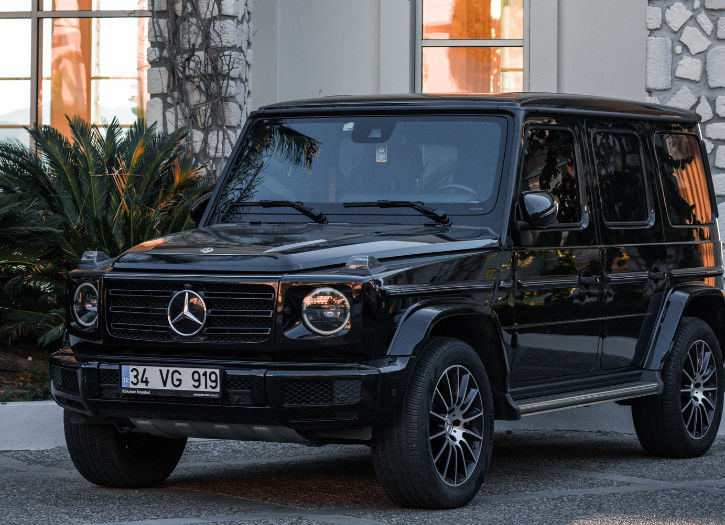Mercedes-Benz commonly referred to as Mercedes and sometimes as Benz, is a German luxury and commercial vehicle automotive brand established in 1926. In 2018, Mercedes-Benz was the largest brand of premium vehicles in the world, having sold 2.31 million passenger cars.
Numerous technological innovations have been introduced in Mercedes-Benz automobiles throughout the many years of their production, including:
- The internal combustion engine automobile was developed independently by Benz and Daimler & Maybach in 1886.
- Daimler invented the honeycomb radiator of the type still used on all water-cooled vehicles today.
- Daimler invented the float carburetor which was used until replaced by fuel injection.
- The “drop chassis” – the car originally designated the “Mercedes” by Daimler was also the first car with a modern configuration, having the carriage lowered and set between the front and rear wheels, with a front engine and powered rear wheels. All earlier cars were “horseless carriages”, which had high centers of gravity and various engine/drive-train configurations.
- The first passenger road car to have brakes on all four wheels (1924).
- In 1936, the Mercedes-Benz 260 D was the first diesel-powered passenger car.
- Mercedes-Benz were the first to offer direct fuel injection on the Mercedes-Benz 300SL
- The “safety cage” or “safety cell” construction with front and rear crumple zones was first developed by Mercedes-Benz in 1951. This is considered by many as the most important innovation in automobile construction from a safety standpoint.
- In 1959, Mercedes-Benz patented a device that prevents drive wheels from spinning by intervening at the engine, transmission, or brakes.
- An anti-lock braking system(ABS) was first offered on the W116 450SEL 6.9. They became standard on the W126 S-Class starting production in 1979 and first sold in most markets in 1980.
- Airbags were first introduced in the European market, beginning with the model year 1981 S-Class.
- Mercedes-Benz was the first to introduce pre-tensioners to seat belts on the 1981 S-Class. In the event of a crash, a pre-tensioner will tighten the belt instantaneously, removing any ‘slack’ in the belt, which prevents the occupant from jerking forward in a crash.
- In September 2003, Mercedes-Benz introduced the world’s first seven-speed automatic transmission called ‘7G-Tronic‘.
- Electronic Stability Programme(ESP), brake assist,[117] and many other types of safety equipment were all developed, tested, and implemented into passenger cars – first – by Mercedes-Benz. Mercedes-Benz has licensed some of its innovations for use by competitors. As a result, crumple zones and ABS are now standard on all modern vehicles.
Mercedes M156 engine
- The (W211) E320 CDI which has a variable geometry turbocharger (VGT) 3.0-litre V6 common rail diesel engine (producing 224 hp or 167 kW), set three world endurance It covered 100,000 miles (160,000 km) in a record time, with an average speed of 224.823 km/h (139.70 mph). Three identical cars did the endurance run (one set above record) and the other two set world records for the time taken to cover 100,000 kilometers (62,137 mi).








Add Comment